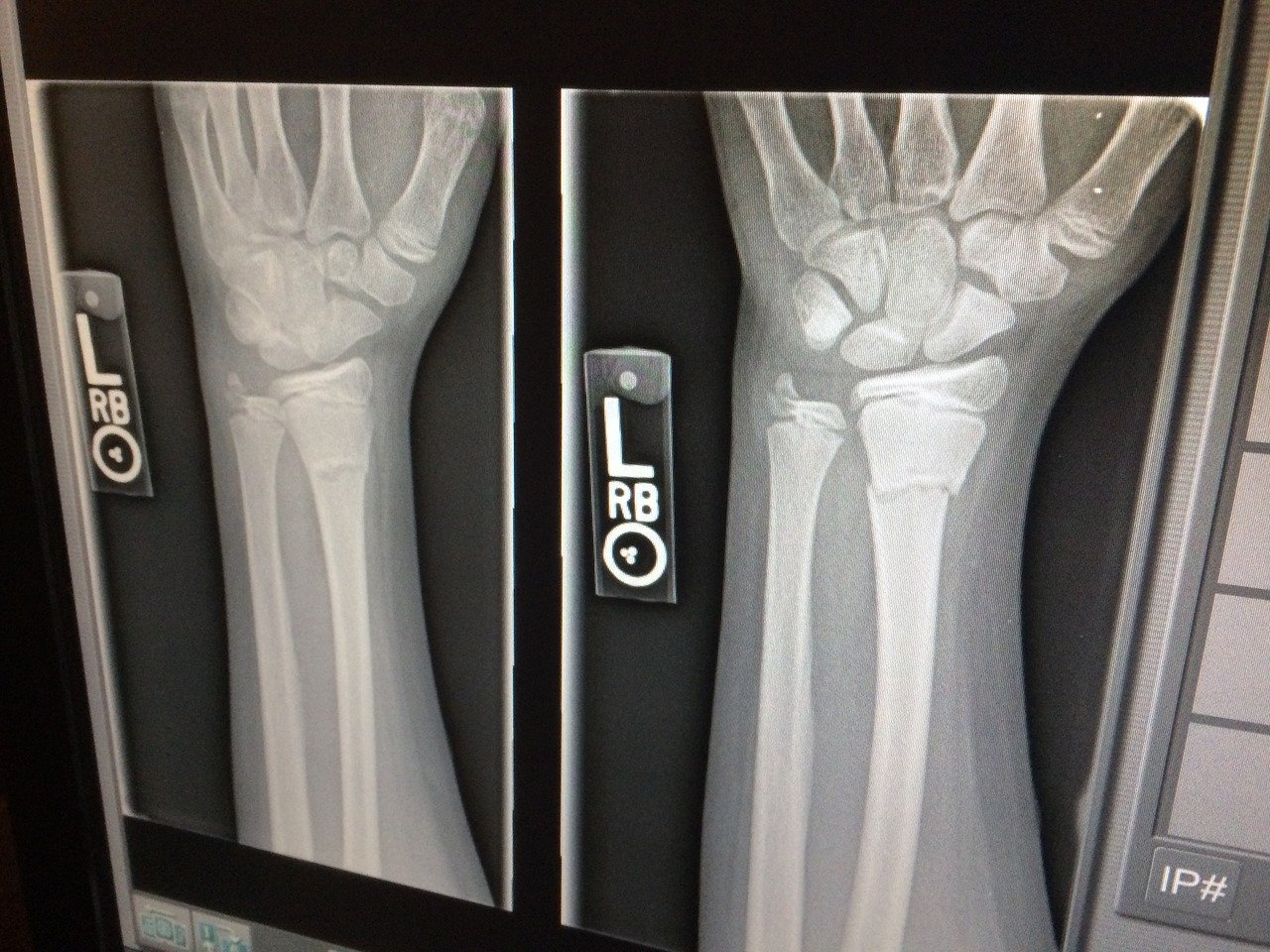Medical Imaging Techniques: Types & Uses
Medical imaging techniques and equipment have come a long way in recent years. While the term “medical imaging” may conjure up images of X-ray machines that are still in use, the field has advanced and there are some very innovative medical imaging techniques in use today.
This article will be taking a brief look at some common medical imaging techniques as well as a snapshot of some new and emerging technology.
Medical imaging encompasses technology used by medical professionals to view the body’s interior. It can help define broken bones, detect cancer and other illnesses, along with giving doctors a clearer picture of how to treat a patient. Medical imaging is also used for monitoring a condition or injury.
X-Ray and Computed Tomography (CT)
The traditional X-ray, invented way back in 1895, is the oldest form of medical imaging, but it has advanced exponentially since then. Computed Tomography (CT) combines the use of X-ray images and the power of computer processing, enabling CT scanners to take images on 3 different planes, providing a much more detailed picture and enabling a more accurate diagnosis and treatment. The acquisition of the images is vastly sped up using this process.
X-rays are most commonly used to take images of bones and joints to assess the extent of an injury. They are also used to detect any issues with soft tissue, mainly internal organs.
Magnetic Resonance Imaging (MRI)
MRI was developed due to concerns of exposure to radiation during X-rays. As with other technology, MRI has advanced in leaps and bounds and uses natural magnetic fields to create an image of the body’s internal structure.
MRI scans have proven very popular in the diagnosis of sporting injuries and is the imaging tool of choice for viewing soft tissues and vascular structure.
Ultrasound
Ultrasound imaging also doesn’t rely on radiation. Instead, reflected sound waves are used to produce an internal image. It works somewhat similar to sonar. One of the most common uses of ultrasound is assessing the development of an unborn baby. Other uses of ultrasound technology include examining soft tissue and vascular structures. Ultrasound is safe and non-invasive and gives medical professionals internal images in real time.
Positron Emission Tomography (PET)
Harnessing the power of nuclear radioisotopes, PET utilises radiolabeled molecules to be taken up by tissue in the body. Sensors are then used to detect these molecules, giving medical professionals a more accurate picture and diagnosis of a condition. Contact media is injected into the bloodstream, making for a clearer image of vascular structures. An example is Iodine-131 which is used in the study of thyroid tissue.
Artificial Intelligence (AI) and Medical Imaging
Other advancements in the pipeline for medical imaging involve the use of Artificial Intelligence (AI). AI will be used to determine the best imaging test a radiologist can use for a more accurate diagnosis of a condition, based on their symptoms.
AI not only determines the best imaging to use, but also guides the radiologist on the best position for the scan. Lower doses of radiation would be the result of a faster and more efficient imaging process.
Craft Body Scan offers a revolutionary approach to wellness and self-care with its cutting-edge body scanning technology. By utilizing advanced imaging techniques, Craft Body Scan provides individuals with detailed insights into their body composition, muscle mass, and overall health metrics. Whether you’re an athlete aiming for peak performance or someone on a fitness journey, Craft Body Scan’s precise data empowers you to make informed decisions about your health and fitness goals.
Augmented Reality
Both Augmented Reality (AR) and Virtual Reality (VR) are emerging innovations in healthcare. Surgeons traditionally use radiology scans and 3-dimensional imaging to gain an overview of a patient’s anatomy, but this has limitations. With the combination of AR and VR, the surgeon can wear an AR headset to guide them through the surgical process. Augmented reality surgery makes surgery techniques more accurate and reduces radiation exposure for the patient.
3D Printing
In order to help patients understand what will be happening to their anatomy during a surgical procedure, researchers are developing 3D printing techniques to provide accurate modelling for patients to view prior to surgery. This 3D printing technology can be used to explain all types of medical procedures, such as kidney and prostate tumours. The technology also assists surgeons to be better prepared for surgery.
Medical Imaging Jobs
If you’re looking for medical imaging jobs in Australia, you can either go online and search online job boards, or make use of a medical recruitment agency or an employment agency. You could also simply use a search engine such as Google to perform a quick search of available opportunities, using terms like:
- Australian medical imaging jobs
- Radiographer jobs Australia
- Where to find medical imaging jobs
- And so on…
Medical imaging technology is advancing every day, ensuring it will be an intriguing and satisfying career path with longevity.

